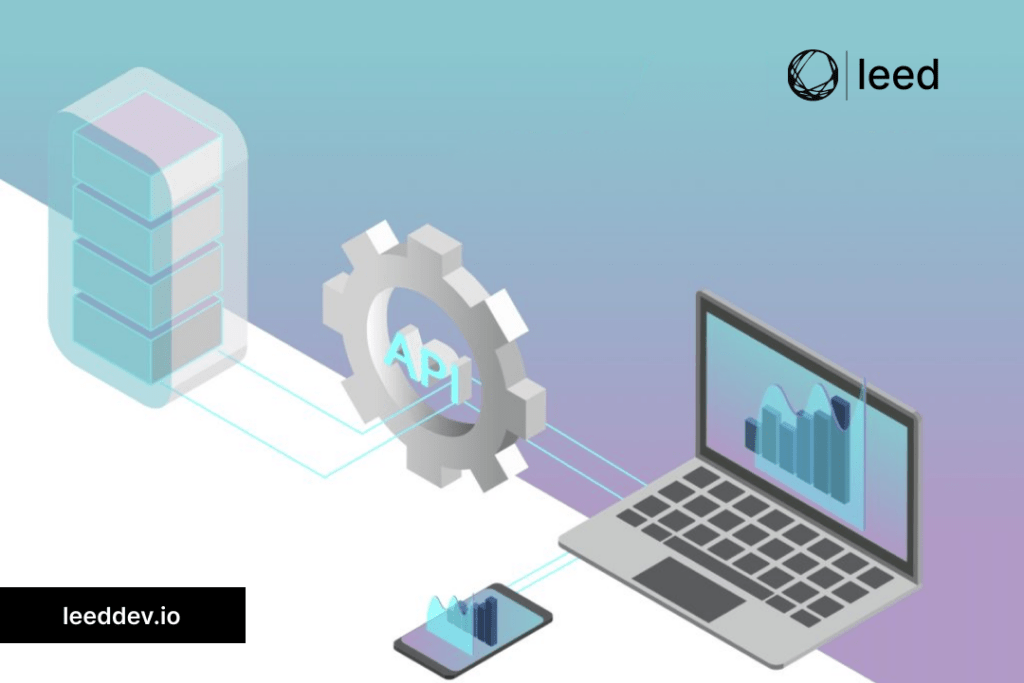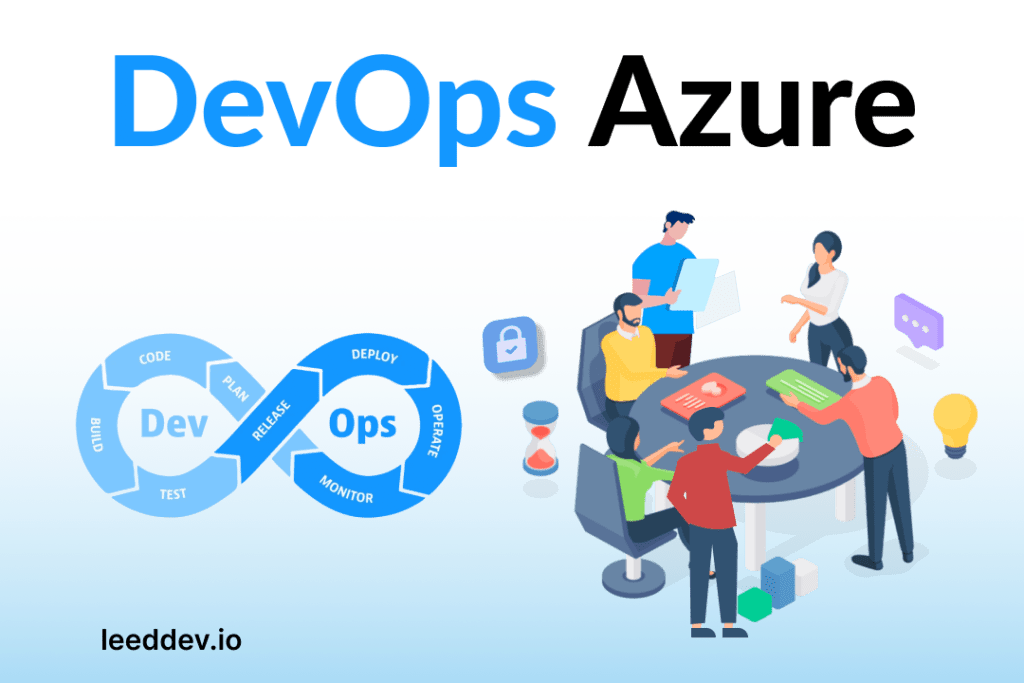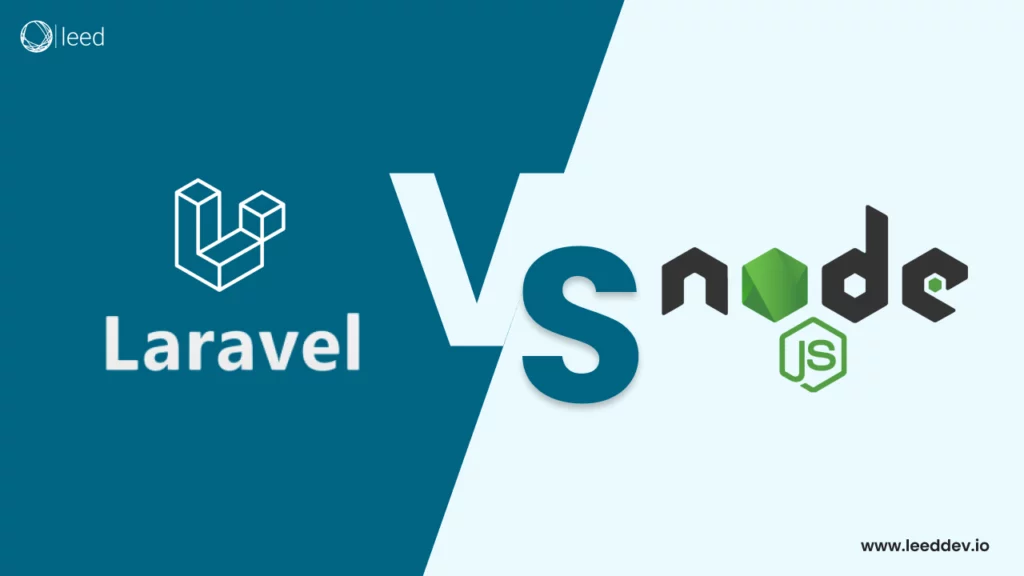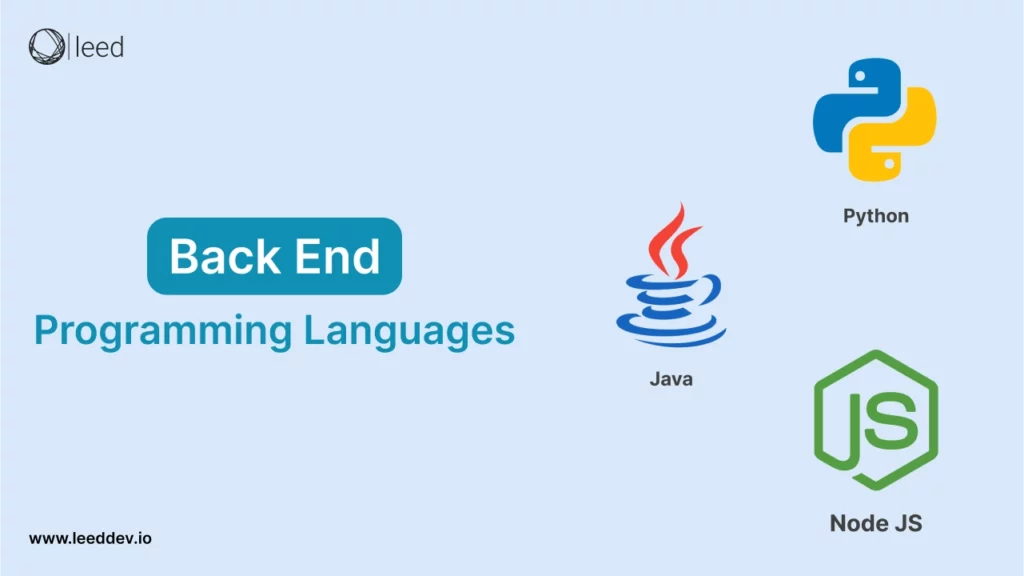Let’s welcome you to the world of Rest API Development! In today’s fast-paced, connected world, APIs enable seamless communication between different software apps. Looking to build a modern and robust web service? Then REST API development is your way to go.
In this guide, you’ll learn what an API is and the difference between REST and RESTful API. The article will also discuss the standard methods in REST Architecture. A complete overview, work, and benefits will also be discussed.
Whether you’re looking to enhance your skills or start from scratch, this guide will provide you with the necessary information. So, start building exceptional and best web services with the help of REST APIs!
First, we need to understand what an API is. Then we will move to the Restful API.
What exactly are APIs?
API stands for Application Programming Interface. It’s a set of protocols and tools for software development. An API specifies how software components should interact. It allows for communication between different systems. Simply put, it’s a gateway between the:
Clients
A client refers to programs that make API requests to a server. The client could be a mobile app, a server-side application, or a web browser. It could be any other program that needs to access the API-provided resources. Requests are sent by clients to the API and the API returns responses.
Resources
On the other hand, Resource refers to the representation of an object, which can be manipulated using the API. A resource could be a user account, a photo, or a blog post. It can be any other data entity accessed and manipulated through the API. The resources in a REST API are identified by URIs (Uniform Resource Identifiers) and can be manipulated using standard HTTP methods.
Read also: Best Applications of Artificial Intelligence
What is the difference between REST & RESTful API Development?
REST
Rest stands for Representational State Transfer. It’s a software development style for creating web services. It’s a way to structure the interactions between different systems over a network. REST is based on caching principles, statelessness, and layered systems.
RESTful API Development
REST API development refers to the process used to create a RESTful API for a web application. A RESTful API is an API that follows the REST architectural style and constraints. RESTful APIs use HTTP methods. Such as GET, POST, PUT, and DELETE.
These methods are used to perform operations on resources identified by URIs (Uniform Resource Identifiers). RESTful APIs are designed to be simple, flexible, and scalable. This makes them a popular choice for building modern web and mobile applications.
How does a REST API Work?
- A request is sent to a server through the client.
- The request is in the form of a web URL. This includes specific HTTP methods.
- The request is then processed by the server. After this, the requested data is retrieved, and the desired action is performed.
- The response is sent to the client by the server, which includes:
- Status code that indicates the result of the request
- Relevant information or data related to the request
- Because of HTTP methods, communication between clients and servers is simple and flexible.
5 Common Methods Used in REST Architecture
A brief overview of HTTP methods is given below:
POST
It is used to create a new resource on the server. The data is sent to the server. The server then uses it to create a new resource.
GET
This is used to retrieve data from an existing resource from the server. After retrieving data from the requested resource, it is returned to the client.
PUT
The purpose is to update an existing resource on the server. The data is sent to the server, which the server then uses to update the existing resource.
PATCH
It is quite similar to PUT. The existing resource is updated on the server. However, the issue is that it allows partial updates to a resource compared to PUT.
DELETE
It is used for the deletion of a resource from the server. The request is sent to the server to delete the specified resource.
REST API Server Response Components
Representational State Transfer principles require the server response to contain the following components:
Status Line
A three-digit status code is present in the status Line. It is used to communicate requests for success or failure. For instance,
- 2XX codes indicate success
- 3XX code is for URL redirection.
- 4XX and 5XX codes indicate errors.
Some of the common status codes are:
- 400: Indicates incorrect requests that can’t be processed by the server.
- 404: Means, Resource not found
- 200: Indicates Generic success response
- 201: Indicates POST method success response
- Message Body
The message body contains the actual data being returned in response to an API request. Message Body typically follows the HTTP header. The requested information is required in a specific format. It can be empty if the API request only returns a status code. The content and format of the message body are basically specified in the header of the response message.
Header
The header contains additional information about the response message. The information includes the format of the body and the response status. Any additional information related to the request is also included. The header information is an essential part of the RESTful API response. It is also used by the clients to process and interpret the response correctly.
5 benefits of REST API
Some of the benefits of REST API are:
- Interoperability: These are based on standard protocols. This makes it easy for different systems to communicate with each other.
- Flexibility: REST APIs can be easily integrated with different systems, including web and mobile applications.
- Language Independence: A variety of programming languages can be used to build REST APIs. This makes it easy to adapt for any development team.
- Easy Maintenance: REST APIs are modular. It’s easy to make updates and fix bugs without affecting the entire system.
- Statelessness: REST APIs are stateless. All of the requests are treated as independent transactions. This helps in managing the flow of data.
Examples of REST APIs
Some examples of REST APIs are:
- Twitter: Allows the developers to access Twitter data such as the user’s information, timelines, and tweets.
- Google Maps: Developers can integrate Google Maps into their applications and display maps. The developers can calculate distances and geocode addresses.
- Stripe: The developers can process payments, handle subscriptions and manage customers.
- GitHub: Helps to access the data. Developers can know about user information, commits, and repositories.
The above are a few examples of REST API. Many other APIs are also available for various purposes. For example, for weather, financial data, and news, REST APIs are also used.
How Can We Help You?
At Leed Software Development, we understand the significance of REST API development in today’s technology. With a team of expert developers and years of experience, we can help you with your REST API needs. At Leed Software Development, We believe that a great API starts with a great plan. That’s why we work closely with you to understand your requirements, goals, and use cases. We can build an API that will not only meet your needs but also exceed your expectations. Whether you’re looking to build a new API from scratch or improve the existing one, we are here to help.
So, If you’re looking for a partner to help you with your REST API development, look no further. Contact us to learn more about how we can serve you.
Conclusion
To sum up, REST API development has become an essential aspect of modern web development. Due to its scalability, simplicity, and ease of use, it is being used by organizations to boost their business. With the help of REST APIs, developers can build flexible and robust APIs. This helps the developers to handle a wide range of demands and use cases.
REST APIs are used for smooth communication between different systems. Data exchange and integration with a variety of platforms and technologies are also possible. Nowadays, there is an increasing need for connected systems and the growth of cloud computing. Therefore it’s safe to say that the demand for REST APIs will only continue to rise in the future. Developers having a strong understanding of REST API principles will be adapted to meet the rapidly evolving technology.
See More
- React Component Libraries Developers Must Know About
- Why Choose React Native for Mobile App Development?
Frequently Asked Questions(FAQs)
Q No. 1 What are the advantages and disadvantages of REST API?
Answer: The following are the advantages and disadvantages of REST API:
Advantages of REST API:
- Simplicity and ease of use
- Scalability and performance
- Flexibility and compatibility
- Caching support
Disadvantages of REST API:
- Limited functionality
- Over-fetching or under-fetching of data
- Lack of standardization
- Security concerns
- Poor discoverability
Q No. 2 What is the most important feature of REST API?
Answer: The most important feature of a REST API is its adherence to the principles of a stateless, client-server architecture. In other words, the separation of concerns between the client and the server is crucial.
Q No. 3 What is the role of the REST API developer?
Answer: The role of a REST API developer involves designing, developing, and maintaining RESTful APIs that enable communication between client applications and server systems
Q No. 4 What is REST API and what are its benefits?
Answer: REST API is an architectural style that defines a set of principles and constraints for designing networked applications.
Benefits of REST API:
Following are the benefits of REST API
- Simplicity
- Scalability
- Flexibility and Compatibility
- Caching
- Separation of Concerns
- Stateless Interactions
- Universal Standards
Q No. 5 What are the 4 principles of RESTful API?
Answer: The REST API architecture defines REST principles by four interface controls which are as follows:
- Identifying resources,
- Managing resources through representations
- Enabling self-descriptive communications
- Making hypermedia the engine of the application state.
Q No. 6 What are the 7 RESTful routes?
Answer: The routes are as follows:
- GET
- POST
- PUT
- PATCH
- DELETE
- OPTIONS
- HEAD
Q No. 7 What is the difference between REST API and RESTful API?
Answer:
REST API: This term refers to any API that follows the principles and constraints of the REST architectural style.
RESTful API: This term is an adjective used to describe an API that is designed and implemented according to the principles of REST.
Q No. 8 What are the limitations of REST API?
Answer: While REST APIs offer numerous advantages, they also have some limitations to consider:
- Lack of flexibility in complex operations
- Over-fetching or under-fetching of data
- Lack of standardization
- Limited discoverability
- Security considerations
- Lack of real-time communication
- Versioning challenges
Q No. 9 What is the main function of APIs?
Answer: The main function of Application Programming Interfaces APIs is to enable communication and interaction between different software applications or components.
Q No. 10 What is the main advantage of Web API?
Answer: The main advantage of Web APIs is their ability to enable seamless and standardized communication and data exchange between web-based systems or services.




